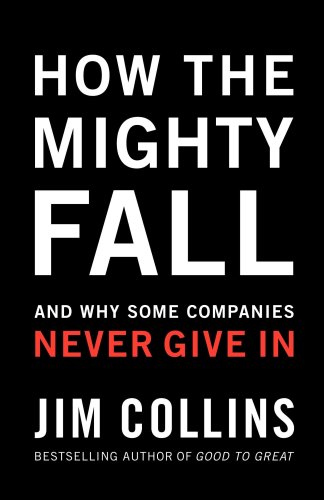The Low Cost Model - Disruption in the Fitness Industry
/At $20 Billion in annual revenues the US health club industry, like most bricks and mortar centric business models, is coming under increasing financial and market pressures. Rising costs and consumers being offered increasingly low cost alternatives, either via new bricks and mortar models or alternatively with the deployment of digital tools to deliver value at much lower price points, are creating a ripe field for disruption.
Many players in the fitness industry are at great risk and the opportunities for those with vision are enormous. Yesterday I witnessed yet another innovation that speaks to this future learning of Pocket Innovation, watch the demo . This morning when I read Ray Algar's tweet, wherein he shared his recent presentation below, I was only further convinced of the future. Ray is a strategic marketing expert who advises the fitness industry. We share very similar views on the future of the fitness industry. although his presentation does not touch upon the new paradigm of wellness - another topic. Here is an excerpt from his web site:
I was in London last night at a Leisure Property Forum event to present my thoughts on the low-cost (budget) gym trend that is now gaining momentum in the UK. This presentation looks at some of the key 'drivers' of the trend and also case studies the growth of McFit in Germany. My thanks to Niels Gronau, a member of the Deloite Corporate Finance team at Deloitte in Germany, who helped with background data on McFit.
John Treharne, CEO of The Gym Group was also there to discuss the company's strategy. John was fresh from this week's opening of their new Manchester club, which means they now have five clubs open, with Leicester due to open in the first quarter of 2010. The Gym Group has an ambition to open a further 10-15 clubs during 2010.
In all industries the former 4 P's of marketing (price, place, product & promotion) are being replaced, in order, with new value exchanges, the merger of the physical and digital, the experience and engagement. Additionally, by leveraging technologies fewer people can deliver more engagement and greater value. If your fitness organization is not adopting these strategic orientations in its business model you will be in for a rough future. Afterall, why pay a monthly fee to use a treadmill on occassion? This is the question more and more consumers are starting to ask, given all the options available. and what is happneing in the market It is also why cancellations for the industry on an annual basis amount to nearly 40% of the customers.









